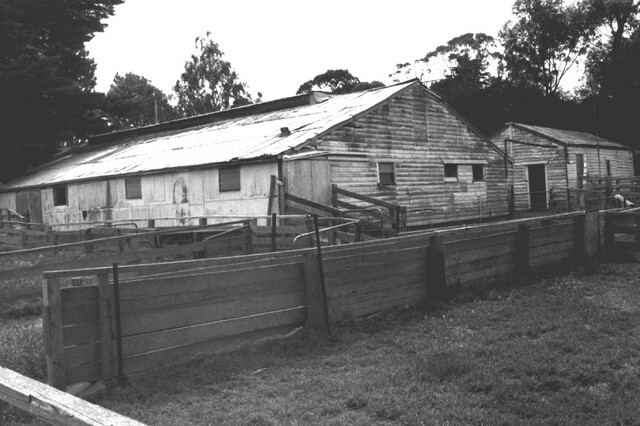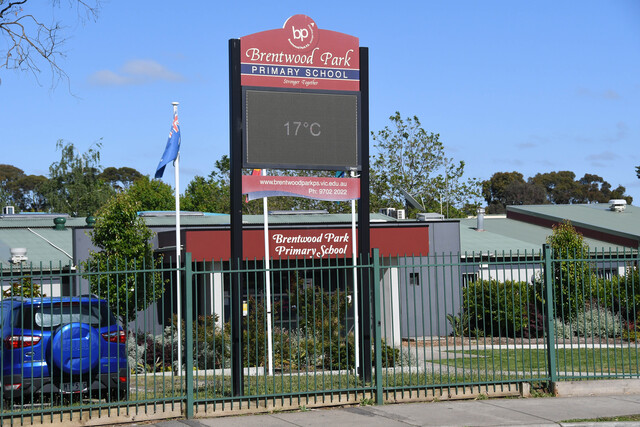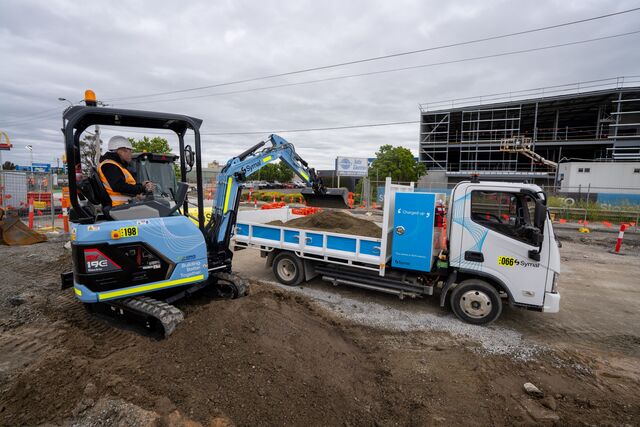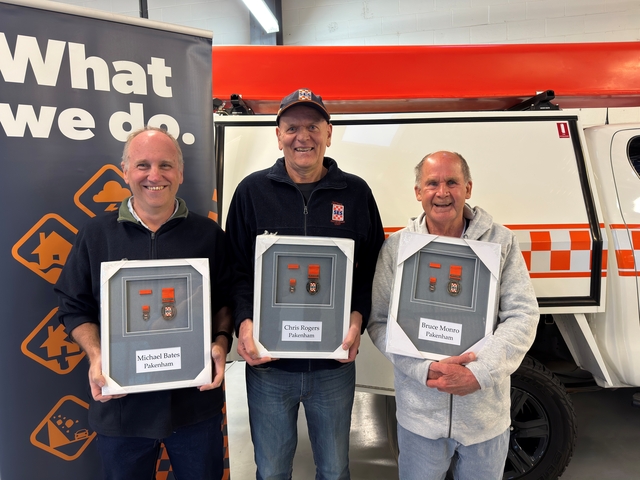The last milking shed of the historic IYU estate was taken down as part of the new industrial development of Pakenham South, however, the council has attempted to make up for it by securing an old homestead just down the road.
The State Minister for Planning formally approved the Pakenham South Precinct Structure Plan (PSP) last week which prescribes the industrial development of a 185-hectare block of land south of Greenhills Road, between Kooweerup and McGregor Road.
Development has begun and today a number of factories are already in operation along the southern side of Greenhills Road.
At 100 Greenhills Road – where one of those factories resides now – was an old milking shed dating back to the IYU estate.
As the Gazette understands the property was demolished along with the shed at least one year ago.
The shed was protected previously under a Heritage Overlay (HO), but this was removed by the council when they approved the PSP in July 2021.
The PSP summary says that a further assessment of the heritage sites in 2014 showed that ‘alterations’ to the shed found it ‘below the threshold of local significance’ and its removal from the HO was recommended.
The IYU estate was the first documented settlement of Europeans in the area that today is Pakenham; originally a 13,000-acre leasehold in the 1830s, it’s carved up formed the basis of the wider settlement of the land.
The estate around Greenhills Road in the 1880s was bought by the Kitchen family, upon it they initiated what is claimed to be one of the largest dairying ventures in Australian history where 600 cows were milked by hand between two sheds. The milking shed on 100 Greenhills Road was one of them and the last to stand.
A 1996 heritage study by Graeme Butler & Associates said the shed is significant for its ‘illustration of early farming endeavours in the area and the development of the dairying industry.’
As the council removed heritage from the shed, they enforced protection of a property down the road; the ‘Windarra’ estate on 40 Greenhills Road.
This was identified as a sight of significance in the 2014 report. The overlay protects the dwelling, the driveway, and its associated trees.
The statement of significance says the farmhouse was built around 1910 to 1916 and its driveway was established in the 1950s with its assortment of trees – some of the exotic variety – being planted through out these times.
“Illustrating the phase in Cardinia Shire’s history when large landholdings, such as the Green Hills Estate, were broken up into smaller farms, beginning with the Selection Acts of the 1860s,” the statement described of ‘Windarra’.
“The farmhouse is architecturally significant as a representative example of an Edwardian house with typical features of that era including the pyramidal hip roof, wrap-around verandah set beneath the roofline, timber verandah posts and brackets, canted bay windows, and panelled front door sidelights and highlights.”
The 2014 report included the shearing and dairy sheds of the property, these were removed from heritage significance in a 2020 revision.
As part of the PSP, the ‘Windarra’ estate will be mostly surrounded by an allotment of open space that will include a local convenience store.
Cardinia Shire Council has been contacted for comment.







